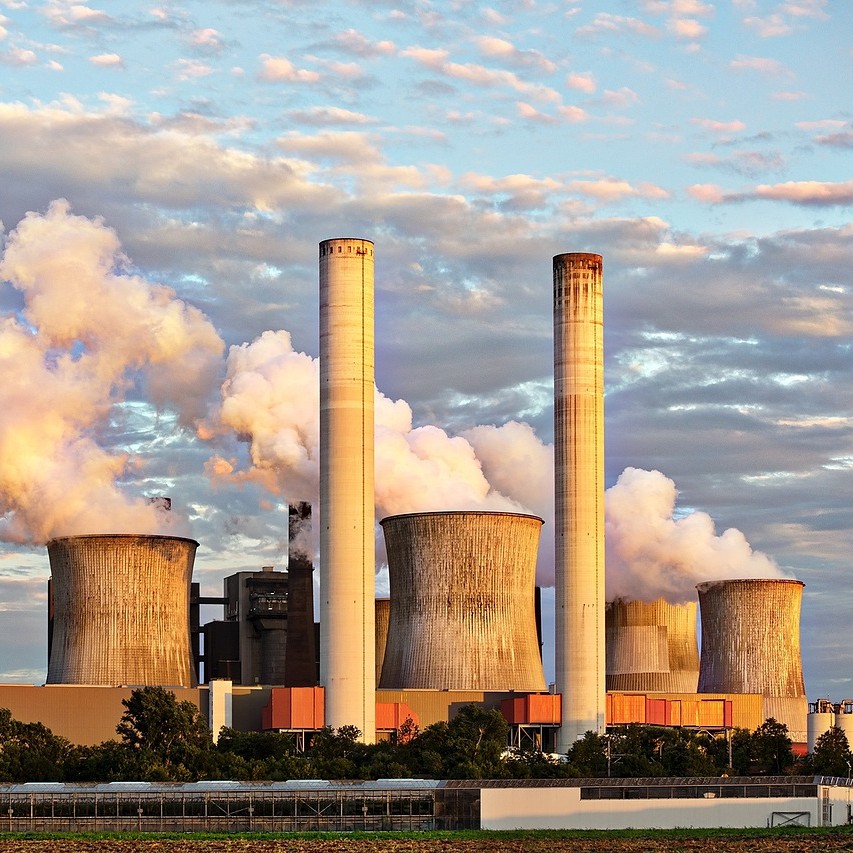Published:
Artificial Intelligence has become a household term over the past year. Over this time, consumption of AI, off all levels, has risen. ChatGPT, the most well-known AI chatbot, has reached 100 million daily users, which will likely continue to grow.
AI is seen to be the key to the future, as it can open up new ventures and help create a more concise and efficient function for tasks we are currently unable to perform.
One of the big tasks that AI has been tasked with is energy consumption. AI has been predicted to help find more ventures for efficient energy outlooks and help create our current system much more efficiently than it currently is. While the prospects of AI help in the energy sectors are promising, experts are starting to report on the energy needed to get AI to reach that capacity.
The expansion in AI capabilities is banking on the fact that it will help us work through some of our toughest challenges. This can be done by offering different angles on societal problems or increasing the efficiency of some current tasks. One of the more prominent solutions we are looking for results in is energy usage on a global scale. Lots of goals to become more energy efficient have been put in place worldwide, but many of these goals have been put in place without a complete plan to reach them. Based on expert predictions, scaling the potential of AI could unlock insights that could reduce 5% to 10% of global greenhouse gas emissions by 2030. If these numbers are accurate, this would be a significant step in reaching the hefty climate goals of the future. However, increasing AI consumption will be seen to achieve these goals over time.
Undoubtedly, AI will be a keystone in unlocking a more effective energy future. The power of Artificial Intelligence doesn’t come from anywhere, though. AI requires large data centers to run all of its data. These data centers already use a lot of energy, and the demand will continue to rise as we try to create more powerful versions of AI. Microsoft, a USA software giant, pledged to spend $80 billion in 2025 to build AI data centers. Microsoft is a major investor in the large AI company OpenAI. Open AI was the company behind the vastly popular ChatGPT. Currently, to train an older AI model such as GPT-3, around 1,300 megawatt hours were used. This is the same energy required to power around 130 US homes annually. This has raised questions on whether AI will help our energy usage or require us to use more energy than it can save.
One way to cut the energy prices in training AI is the possibility of using open-source models. The Chinese brand DeepSeak used this model to train their program. In the United Kingdom, steep carbon neutrality goals in energy by 2030 have been set in place. Reaching these goals, as they are, seems like a steep task to complete. The UK has also recently introduced increased AI plans, increasing the need for data centers.
AI usage is growing and will continue to grow as more opportunities open up. The energy sector will watch the usage required for this new surge of Artificial Intelligence, and time will tell if it will be beneficial in the long run to power up this new technological tool.
File under






